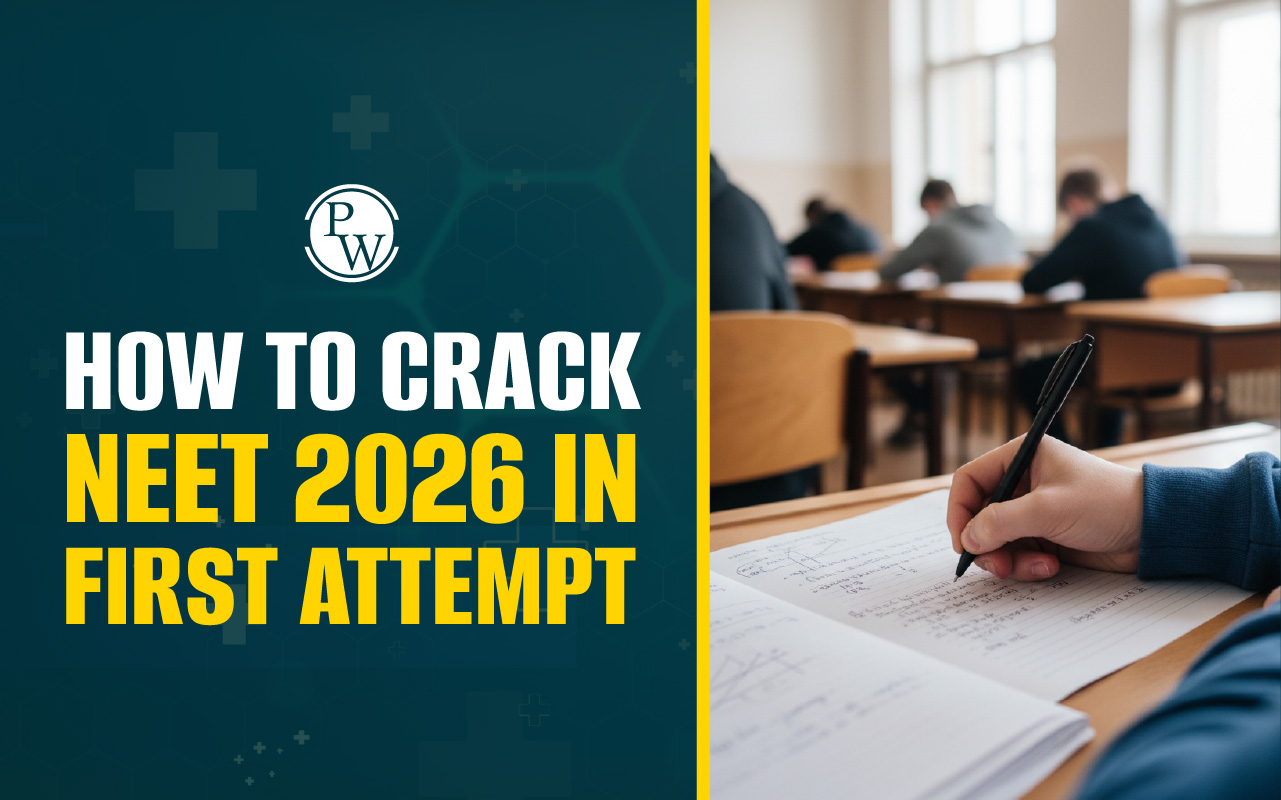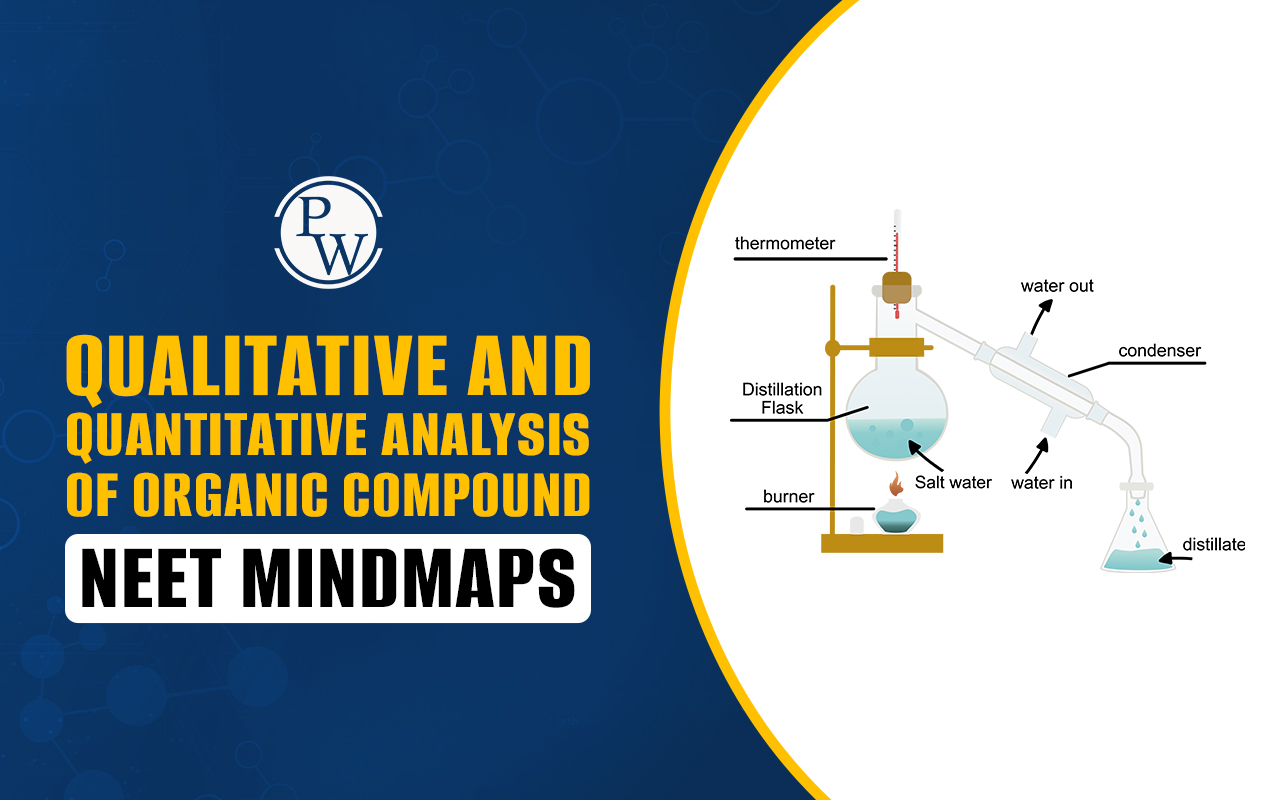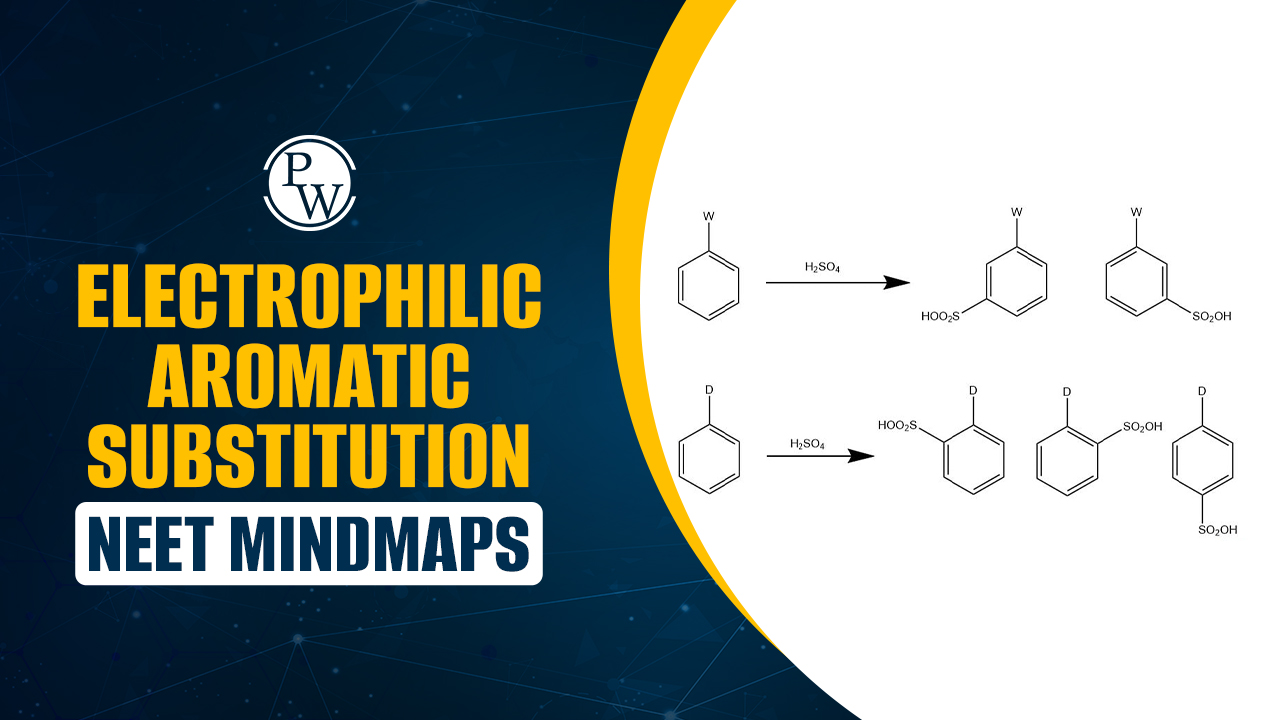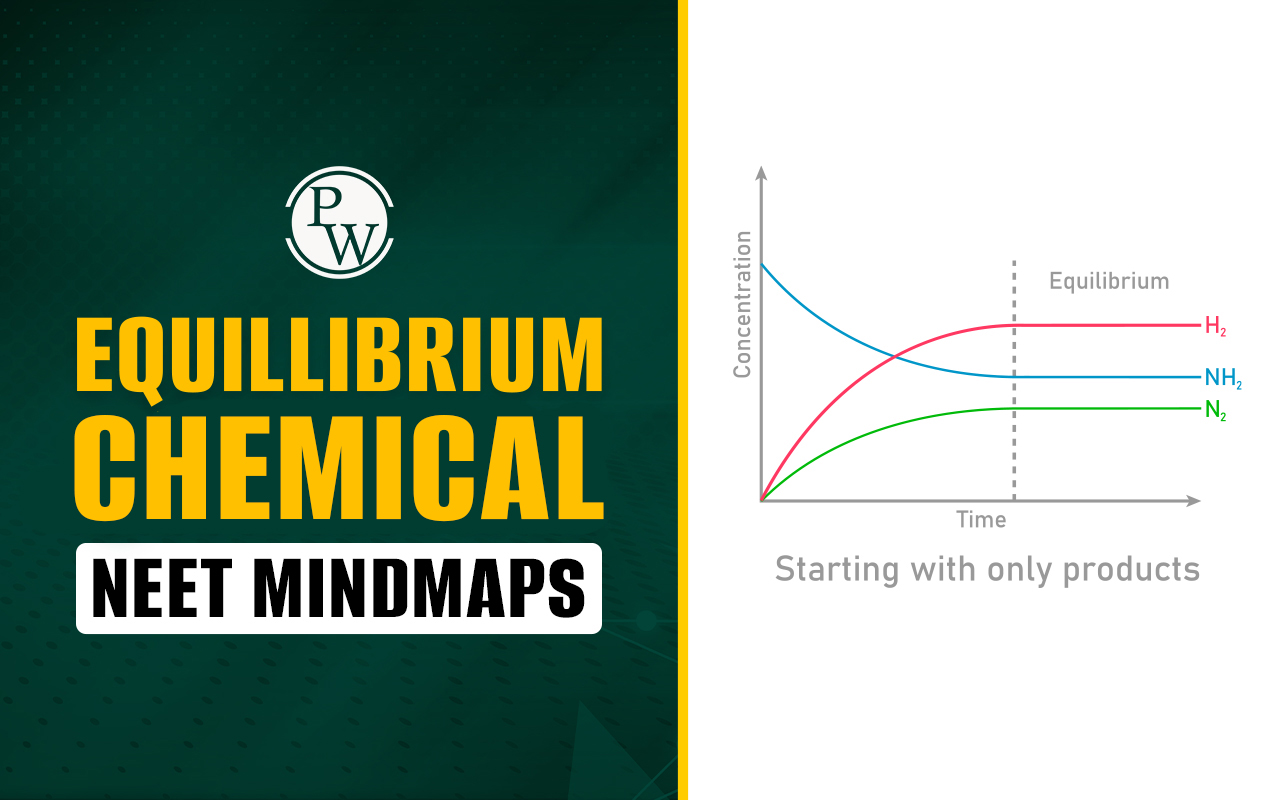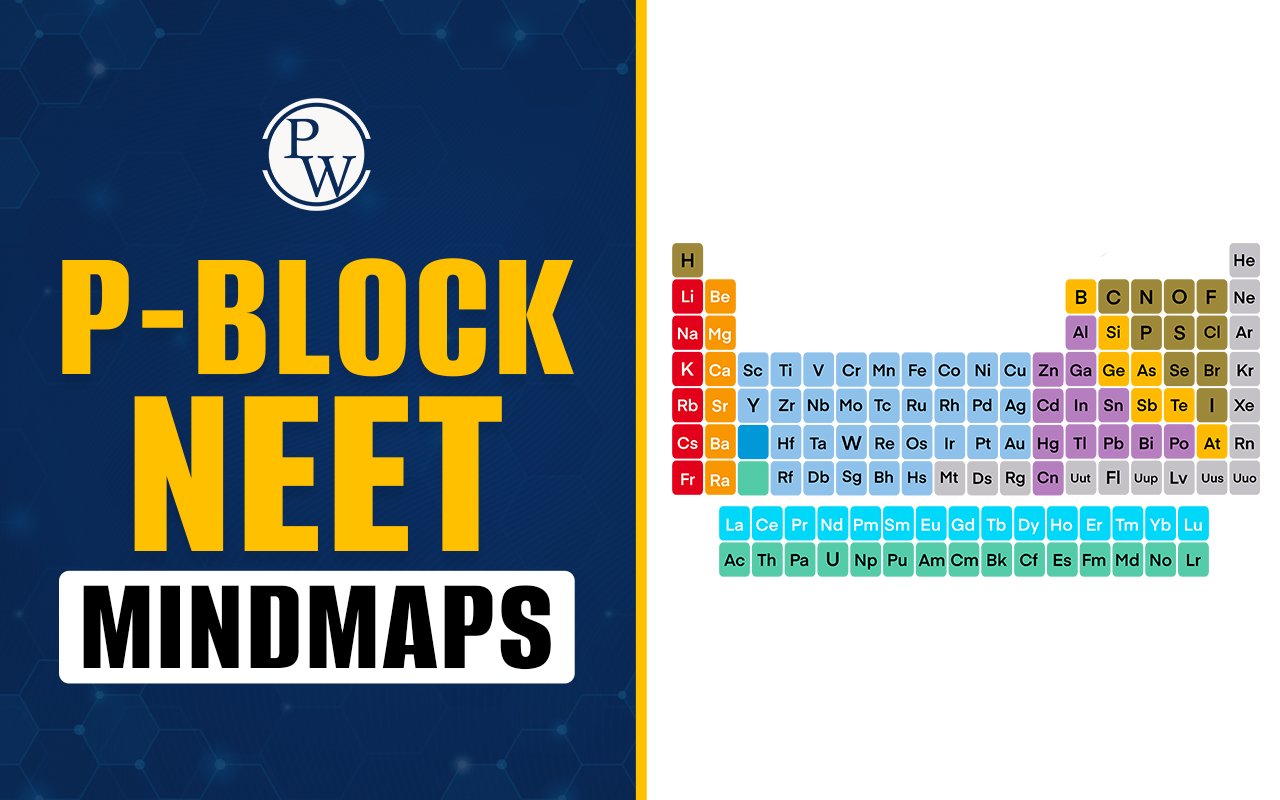

The BMD full form stands for Bone Mineral Density. The Bone Mineral Density (BMD) is a crucial metric in the field of orthopedics and bone health. It offers a quantifiable measure that reflects the strength and density of bones. This metric is instrumental in determining the overall health of bones, their susceptibility to fractures, and the potential onset of conditions like osteoporosis. The primary objective of assessing BMD is to provide a consistent and standardized measure, enabling medical professionals and researchers to communicate and identify variations in bone health globally.
The evaluation of BMD encompasses specific standards and methodologies to ensure accurate readings. These include guidelines for conducting tests, interpreting results, and addressing discrepancies in readings. The process also considers factors like the age, gender, and health history of the individual, ensuring a comprehensive assessment. Moreover, the chronological sequence of tests and their results plays a pivotal role in tracking bone health progression or regression. In this discourse, you will delve into the full form of BMD in English, its significance, and the various facets associated with this vital metric.BMD Full Form In English
BMD stands for "Bone Mineral Density." It is a term commonly used in the medical field to describe the amount of mineral content, specifically calcium, present in a specific volume of bone. This measurement helps in determining the strength of bones and their susceptibility to fractures.BMD Full Form In Hindi
In Hindi, BMD translates to "अस्थि खनिज घनत्व" (Asthi Khanij Ghantav). While "अस्थि" (Asthi) means bone, "खनिज" (Khanij) signifies mineral, and "घनत्व" (Ghantav) denotes density. Together, they convey the same meaning as the English term, referring to the mineral density of bones.BMD Full Form In Medical
In the medical realm, BMD is an acronym for "Bone Mineral Density." It is a diagnostic metric used to assess the health of bones. A BMD test measures the grams of calcium and other bone minerals packed into a segment of bone. The results of this test play a pivotal role in diagnosing osteoporosis, understanding the risk of bone fractures, and determining the efficacy of osteoporosis treatment.Introduction to BMD
BMD, representing Bone Mineral Density, stands as a cornerstone in orthopedic studies. This metric, intricate in its nature, provides a window into the mechanical attributes of bones, revealing their inherent strength and potential vulnerabilities.The Organic and Mineral Matrix
The organic matrix, predominantly woven from Type 1 collagen, forms a harmonious bond with the mineral matrix. Within this amalgamation, hydroxyapatite crystals find their abode, imparting bones with their signature rigidity. The cortical bone, in particular, boasts a complex microstructure, influenced by myriad factors, including tissue mineralisation and one's dietary choices.Osteoporosis: The Silent Adversary
A dwindling BMD often serves as a harbinger for osteoporosis. This ailment, characterized by brittle bones, renders them prone to fractures. Factors such as ageing, dietary deficiencies, and certain medical conditions can exacerbate the risk of osteoporosis.DEXA Scans in Detection
The pivotal role of detecting osteoporosis falls upon the DEXA scan, or Dual-energy X-ray absorptiometry. This diagnostic marvel comes in two avatars: Central DEXA, which zeroes in on the spine and hip, and Peripheral DEXA (PDEXA), which examines extremities like the wrist. These scans, with their precision, divulge the mineral content of bones, offering invaluable insights.Dietary Influences
Aging, an inevitable journey, often erodes BMD. However, a diet replete with specific vitamins (K, C, D) and minerals (Potassium, Zinc, Manganese) can act as a bulwark against this decline. Calcium supplements, when incorporated judiciously, can bolster bones, enhancing their fortitude against fractures.Other Factors Apart From Diet
The labyrinth of osteoporosis risk isn't navigated by diet alone. A tapestry of elements, from one's lineage to afflictions like breast cancer, prostate cancer, and thyroid anomalies, can amplify this risk. Conditions such as diabetes, rheumatoid arthritis, and anorexia nervosa further complicate the picture. Menopause, specific medications, and lifestyle indulgences involving tobacco and spirits also weigh in. The BMI (Body Mass Index), a widely recognized metric, can also serve as a bellwether for bone health.The Genetics
Our genetic tapestry, especially nuances related to bone metabolism and the Vitamin D receptor, can sway femoral bone robustness. Notably, disparities in bone health metrics have been observed between Black American groups and White Americans, underscoring the role of genetics.Lifestyle, Medications, and Other Causes
Beyond the realms of diet and genetics, our daily choices cast long shadows on bone health. Medications, for instance, can either fortify or weaken bones. Similarly, lifestyle choices, especially those involving tobacco and alcohol, can tilt the scales. Even factors like one's BMI, a reflection of overall health, can offer clues about bone health. Understanding BMD and its myriad influences is more than academic. It's a journey into understanding our very framework, the skeletal structure that supports us. By arming ourselves with knowledge and making informed choices, we can ensure that our bones remain robust, resilient, and ready to support us through life's many adventures.Check NEET Exam Important Links
| NEET Exam Important Links | |
| NEET Syllabus | NEET Sample Paper |
| NEET Notes | NEET Previous Year Question papers |
BMD Full Form FAQs
What is a normal BMD?
A normal BMD is characterized by a T-score that ranges between +1 and -1. This score indicates that the bone density is congruent with the average level for a healthy young adult of the same gender.
How is a BMD test done?
A BMD test, commonly known as a DEXA scan (Dual-energy X-ray absorptiometry), is conducted using low-dose X-rays. The patient lies on a padded table while a scanner passes over their body, measuring the density of bones at specific sites, typically the spine, hip, and forearm.
What age is BMD testing for?
BMD testing is primarily recommended for postmenopausal women aged 65 and older, men aged 70 and older, and those who have risk factors for osteoporosis or have sustained fractures after minimal trauma.
Why is BMD used?
BMD is employed to assess bone health, specifically to diagnose osteoporosis, determine the risk of fractures, and monitor the efficacy of osteoporosis treatment.
Who needs a BMD test?
Individuals at an elevated risk of osteoporosis, those with a history of bone fractures, postmenopausal women, men over 70, and anyone prescribed certain medications that impact bone health should consider undergoing a BMD test.
How can I increase my BMD?
Enhancing BMD can be achieved through weight-bearing exercises, maintaining a balanced diet rich in calcium and vitamin D, avoiding excessive alcohol and tobacco consumption, and, in some cases, taking prescribed medications that bolster bone density.
What happens if BMD is low?
A low BMD indicates a reduced bone density, which elevates the risk of fractures. It may also be a sign of osteopenia or osteoporosis, conditions where the bones are weaker than normal.
Does walking improve BMD?
Yes, walking, being a weight-bearing exercise, can aid in improving BMD, especially in the hips. Regular brisk walking can be beneficial in maintaining and enhancing bone density.
Does B12 increase BMD?
Vitamin B12 plays a role in bone health, and a deficiency can lead to decreased BMD. While B12 itself might not directly increase BMD, ensuring adequate levels can support overall bone health and reduce the risk of osteoporosis.
🔥 Trending Blogs
Talk to a counsellorHave doubts? Our support team will be happy to assist you!

Check out these Related Articles
Free Learning Resources
PW Books
Notes (Class 10-12)
PW Study Materials
Notes (Class 6-9)
Ncert Solutions
Govt Exams
Class 6th to 12th Online Courses
Govt Job Exams Courses
UPSC Coaching
Defence Exam Coaching
Gate Exam Coaching
Other Exams
Know about Physics Wallah
Physics Wallah is an Indian edtech platform that provides accessible & comprehensive learning experiences to students from Class 6th to postgraduate level. We also provide extensive NCERT solutions, sample paper, NEET, JEE Mains, BITSAT previous year papers & more such resources to students. Physics Wallah also caters to over 3.5 million registered students and over 78 lakh+ Youtube subscribers with 4.8 rating on its app.
We Stand Out because
We provide students with intensive courses with India’s qualified & experienced faculties & mentors. PW strives to make the learning experience comprehensive and accessible for students of all sections of society. We believe in empowering every single student who couldn't dream of a good career in engineering and medical field earlier.
Our Key Focus Areas
Physics Wallah's main focus is to make the learning experience as economical as possible for all students. With our affordable courses like Lakshya, Udaan and Arjuna and many others, we have been able to provide a platform for lakhs of aspirants. From providing Chemistry, Maths, Physics formula to giving e-books of eminent authors like RD Sharma, RS Aggarwal and Lakhmir Singh, PW focuses on every single student's need for preparation.
What Makes Us Different
Physics Wallah strives to develop a comprehensive pedagogical structure for students, where they get a state-of-the-art learning experience with study material and resources. Apart from catering students preparing for JEE Mains and NEET, PW also provides study material for each state board like Uttar Pradesh, Bihar, and others
Copyright © 2025 Physicswallah Limited All rights reserved.



